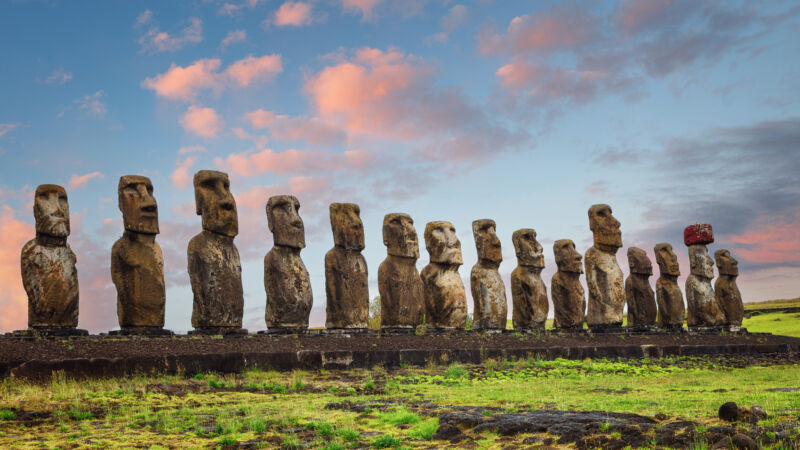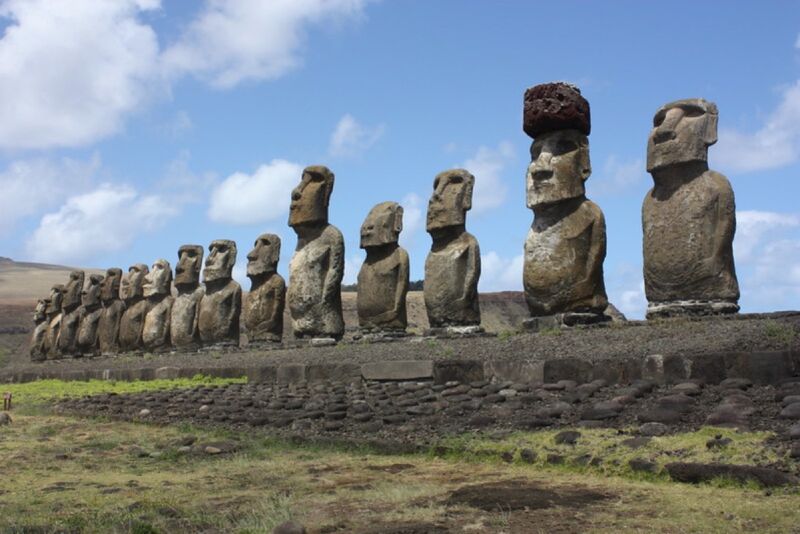Old Easter Island genomes show no sign of a population collapse

Rapa Nui, often referred to as Easter Island, is one of the most remote populated islands in the world. It's so distant that Europeans didn't stumble onto it until centuries after they had started exploring the Pacific. When they arrived, though, they found that the relatively small island supported a population of thousands, one that had built imposing monumental statues called moai. Arguments over how this population got there and what happened once it did have gone on ever since.
Some of these arguments, such as the idea that the island's indigenous people had traveled there from South America, have since been put to rest. Genomes from people native to the island show that its original population was part of the Polynesian expansion across the Pacific. But others, such as the role of ecological collapse in limiting the island's population and altering its culture, continue to be debated.
Researchers have now obtained genome sequence from the remains of 15 Rapa Nui natives who predate European contact. And they indicate that the population of the island appears to have grown slowly and steadily, without any sign of a bottleneck that could be associated with an ecological collapse. And roughly 10 percent of the genomes appear to have a Native American source that likely dates from roughly the same time that the island was settled.
